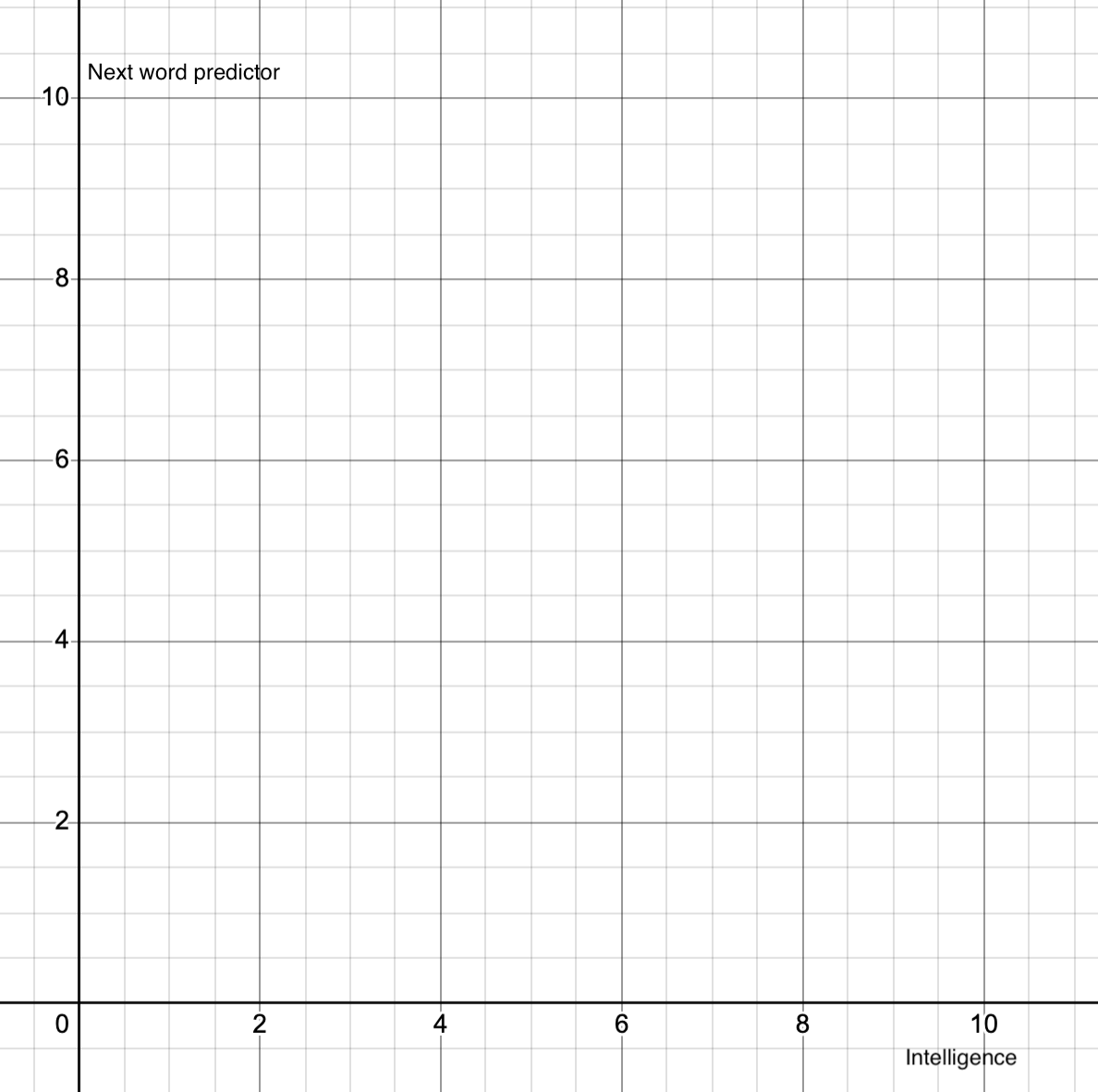this post was submitted on 21 Sep 2024
55 points (80.2% liked)
Asklemmy
49850 readers
396 users here now
A loosely moderated place to ask open-ended questions
If your post meets the following criteria, it's welcome here!
- Open-ended question
- Not offensive: at this point, we do not have the bandwidth to moderate overtly political discussions. Assume best intent and be excellent to each other.
- Not regarding using or support for Lemmy: context, see the list of support communities and tools for finding communities below
- Not ad nauseam inducing: please make sure it is a question that would be new to most members
- An actual topic of discussion
Looking for support?
Looking for a community?
- Lemmyverse: community search
- sub.rehab: maps old subreddits to fediverse options, marks official as such
- !lemmy411@lemmy.ca: a community for finding communities
~Icon~ ~by~ ~@Double_A@discuss.tchncs.de~
founded 6 years ago
MODERATORS
you are viewing a single comment's thread
view the rest of the comments
view the rest of the comments

I'd also like to ask how you feel about this paper:
https://arxiv.org/abs/2402.12875
I won't pretend I understand all the math and the notation they use, but the abstract/conclusions seem clear enough.
I'd argue what they're presenting here isn't the LLM actually "reasoning". I don't think the paper really claims that the AI does either.
The CoT process they describe here I think is somewhat analogous to a very advanced version of prompting an LLM something like "Answer like a subject matter expert" and finding it improves the quality of the answer.
They basically help break the problem into smaller steps and get the LLM to answer smaller questions based on those smaller steps. This likely also helps the AI because it was trained on these explained steps, or on smaller problems that it might string together.
I think it mostly helps to transform the prompt into something that is easier for an LLM to respond accurately to. And because each substep is less complex, the LLM has an easier time as well. But the mechanism to break down a problem is quite rigid and not something trainable.
It's super cool tech, don't get me wrong. But I wouldn't say the AI is really "reasoning" here. It's being prompted in a really clever way to increase the answer quality.